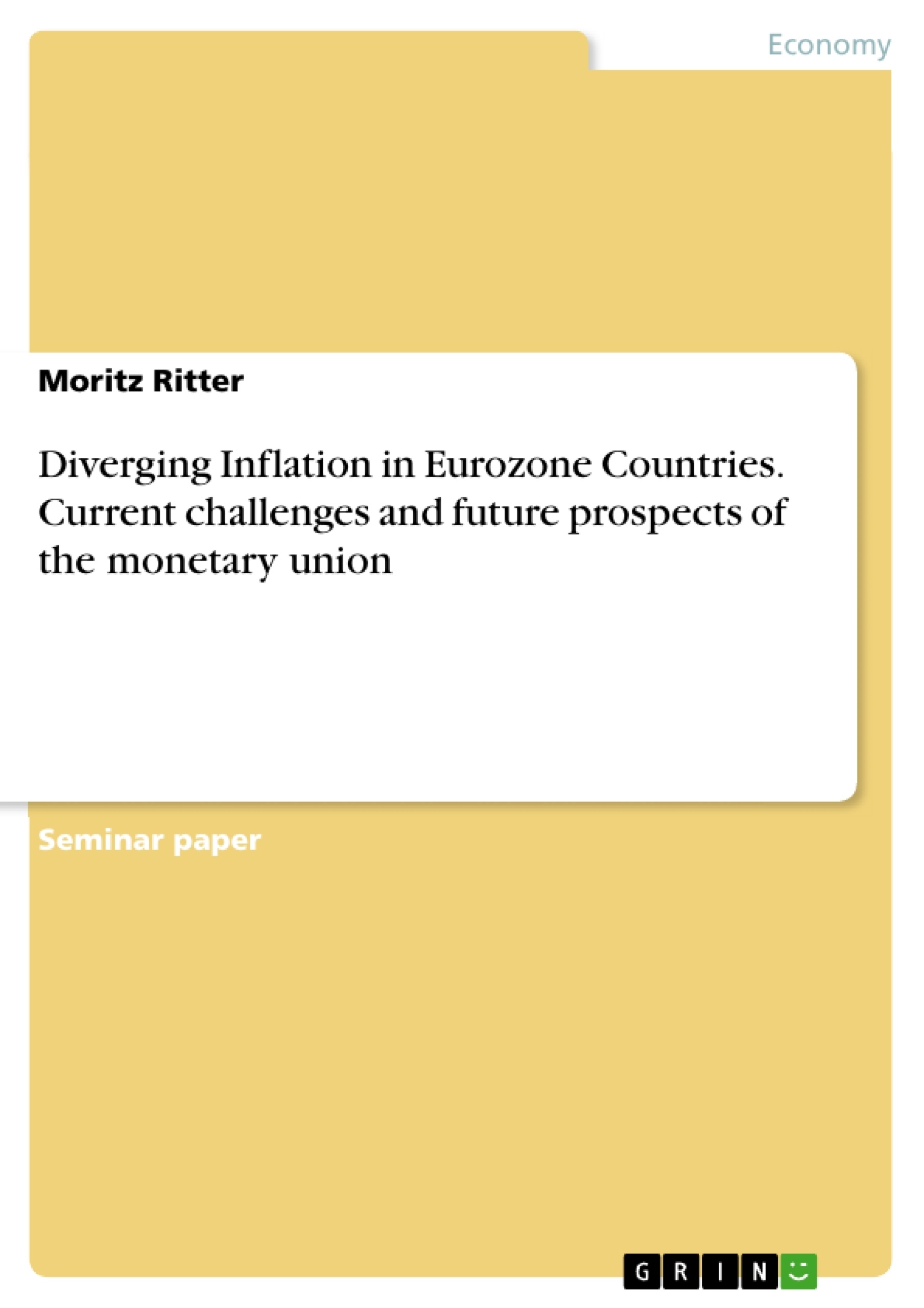This paper aims at answering the question why inflationary dynamics vary so much within the same currency union. What challenges does this impose on the common monetary policy makers at the European Central Bank in Frankfurt, Germany? Rising price levels are back and are currently endangering the strong post-pandemic economic recovery. In the last months, inflation in eurozone countries has reached levels unprecedented for decades.
This raises new challenges for monetary policy makers, when it comes to carefully assessing monetary policies future path, facing a potential tradeoff between safeguarding the post pandemic economic recovery and ensuring that inflation does not surge further. When analyzing current inflation numbers in eurozone it is conspicuous to see, that two countries diverge significantly: France and Estonia.
Frances’s inflation of May 2022 was at 5.8%, whereas Estonia’s price levels have risen 20.1% compared to the previous year, almost four times as much as Frances’s price levels. But why is Inflation rising again? What are the fundamental reasons for such a significant divergence within Eurozone countries? Why does France seem to handle inflation so much better than Estonia?
Inhaltsverzeichnis (Table of Contents)
- INTRODUCTION
- REASONS FOR RISING EUROPEAN PRICES LEVELS
- Further Implications and future challenges for eurozone's monetary policy making
Zielsetzung und Themenschwerpunkte (Objectives and Key Themes)
This paper aims to explore the reasons for the diverging inflation rates within the eurozone, particularly focusing on the significant differences between France and Estonia. The paper aims to shed light on the challenges this divergence presents for monetary policy makers at the European Central Bank (ECB).
- The resurgence of inflation in the eurozone and its impact on post-pandemic economic recovery.
- The role of supply chain disruptions and the war in Ukraine in driving up inflation.
- The challenges faced by the ECB in navigating a potential tradeoff between safeguarding economic recovery and controlling inflation.
- The diverging inflation rates between France and Estonia and potential reasons for these differences.
Zusammenfassung der Kapitel (Chapter Summaries)
- INTRODUCTION: This chapter introduces the topic of diverging inflation rates within the eurozone and highlights the significant difference between France and Estonia. The paper aims to understand the reasons behind this divergence and its implications for the ECB's monetary policy.
- REASONS FOR RISING EUROPEAN PRICES LEVELS: This chapter examines the factors contributing to the overall rise in inflation in the eurozone. It discusses the role of supply bottlenecks, energy commodity price increases, and the impact of the war in Ukraine on global food supply. The chapter also highlights the shift in consumer expenditure towards goods after the pandemic lockdowns.
Schlüsselwörter (Keywords)
The main keywords and focus topics of this paper are: inflation, eurozone, monetary policy, supply chain disruptions, ECB, France, Estonia, energy commodities, food prices, post-pandemic economic recovery, tradeoff between economic recovery and inflation control.
- Citar trabajo
- Moritz Ritter (Autor), 2022, Diverging Inflation in Eurozone Countries. Current challenges and future prospects of the monetary union, Múnich, GRIN Verlag, https://www.grin.com/document/1278540



